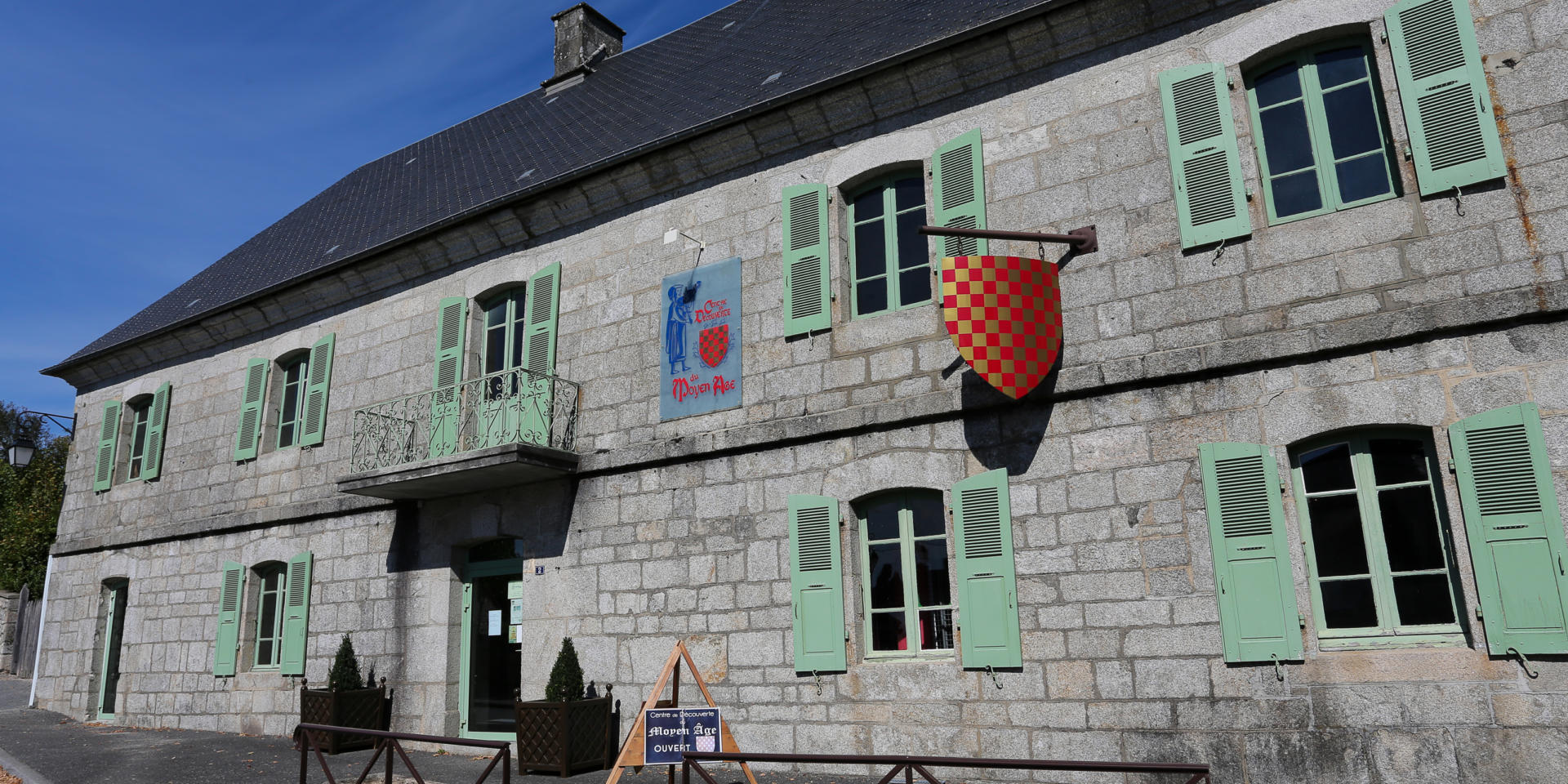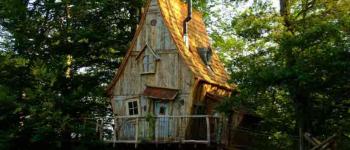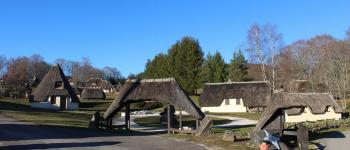
Egletons, a medieval city, is home to the Centre de Découverte du Moyen-âge, CDMA, which offers a 350m² permanent exhibition, a medieval garden and a variety of events all year round to help visitors discover and appreciate our medieval heritage.
Creative workshops, demonstrations and initiations introduce visitors to the arts of the Middle Ages, while guided tours and lectures immerse them in history... Several themes are covered.
Today's CDMA is built on the site of an ancient fortified house, which provided security for one of the town's gateways, the so-called "de Vedrenne".
Remnants of the medieval era include lintels, relieving arches, a double-faced interior and exterior construction system, and a basement cellar with a semicircular arch. The main structure is made of local granite and ashlar.
The current building was rebuilt in 1784 and belonged to the notaries Brette and Parel.
The house was bought by the commune of Égletons from the Clédat family in 1998.
The art of war in the Middle Ages
In the Middle Ages, war of any kind was the raison d'être of the knight.
The exhibition presents swords, axes, bows, chain mail, helmets, shields, mangonels, trebuchets, couleuvrines, fortifications, sieges, crusades...
Panels, models and replicas bring a thousand years of combat to life.
Medieval art: reliquaries, illuminations...
Art in the Middle Ages was almost entirely at the service of faith, seeking beauty to celebrate the glory of God.
The vast majority of works remained anonymous, and were produced collectively in workshops or on building sites.
From the second half of the Middle Ages onwards, artists signed their works, then over the years became lay professionals working for wealthy patrons.
Architecture, sculpture, painting, mosaics, stained glass, enamel, goldsmiths and silversmiths... are presented through a selection of beautiful objects, both originals and copies. A special place is reserved for Limousin enamels and other colored arts.
Troubadours, poetry and music
The troubadour expresses his art in the langue d'Oc, the language spoken south of the Loire, while the trouvères express themselves in the langue d'Oil, the language spoken north of the Loire.
Throughout the Middle Ages, in Europe and around the Mediterranean, cultural melting pots bubbled over, giving rise to a variety of cultural movements: Al Andalus in Spain, scaldic poetry and sagas in the Nordic countries, the Minnesänger in the Germanic sphere...
A visit to the court of Eleanor of Aquitaine, to listen to the songs of the troubadours and touch their musical instruments...
Life in the Middle Ages: countryside, towns and castles
Medieval society was initially much more rural than urban.
Life in the countryside was organized around villages, with populations ranging from a few dozen to a few hundred. The villages we know today probably already existed in the 11th century!
The castle is a highly symbolic place for the power and might of its master. This power is often expressed in the architecture of the master tower. Finally, the castle is often the seat of political, judicial and administrative decisions.
Tristan and Isolde's garden
The medieval garden of Tristan and Isolde comprises a vegetable garden, an orchard and a pleasure garden.
Townspeople (artisans, merchants) and peasants alike grew food to supplement their diets.
Center de Découverte du Moyen-Âge
2, avenue d'Orluc,
19 300 Egletons
Tel.: 05 55 93 29 66
Translated with DeepL.com
(free version)





